Content
75th anniversary of death of Melitta Bentz
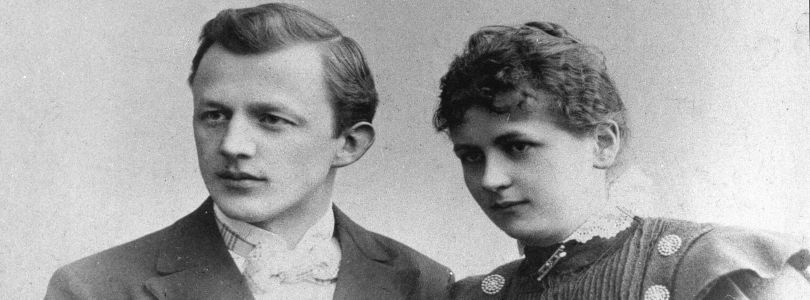
Melitta and Hugo Bentz
Melitta Bentz and the reinvention of coffee
Great stories sometimes begin with small ideas. In 1908, a utility model was registered at the Imperial Patent Office in Berlin, which is significant in several respects: firstly, the applicant was one of the first women to have her own inventions protected. Secondly, this invention was so successful that it is still found in practically every household today and founded a company that is still flourishing over a century later.
Amalie Auguste Melitta Liebscher was born in Dresden on 31 January 1873, the daughter of a bookseller. She married the merchant Emil Hugo Bentz and had two sons with him, Willy and Horst. Like any housewife, Melitta Bentz was constantly looking for new solutions to the various challenges of everyday life. In principle, this is no different in a company - and Melitta's household was soon to become a company.
Ingeniously simple
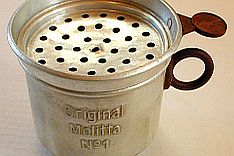
"Original Melitta No 1" coffee filter
Melitta Bentz was looking for new ways to brew better coffee. Until then, the drink was usually brewed by pouring hot water over ground coffee beans and waiting until the powder had settled to some extent at the bottom of the pot (this is why coffee pots - unlike teapots, in which the leaves float on top - have the spout at the top). Alternatively, you could also sieve the mixture. But this rarely resulted in a clean coffee, because the holes in the sieve were usually either too small and blocked or too large and most of the grounds floated back into the cup. The coffee was often only lukewarm after this procedure. And the coffee grounds left an unpleasant aftertaste.
The inventor experimented in her kitchen with a roughly perforated brass cup as a sieve. Then she had the idea of inserting an additional filter into the cup and looked for a suitable material. She found what she was looking for in her son's exercise book: she took a sheet of blotting paper, cut it to size and placed it in the cup. This idea, as simple as it was ingenious, was a revolution in coffee preparation and marked the birth of a company that is still successful today.
Melitta Bentz continued to work on optimising her invention and registered it as a utility model with the Imperial Patent Office on 20 June 1908: ‘Coffee filter with a base that is curved and recessed on the underside and with inclined flow holes’. The industrial property right was registered on 8 July 1908 on page 1145 of the Patent Gazette of the Imperial Patent Office in Berlin (this and other Melitta utility model documents were unfortunately lost during the Second World War).
A family business is born
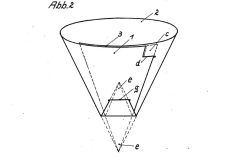
Melitta coffee filter: drawing from patent specification DE 653796A (1937)
Bentz recognised the commercial potential of her invention early on and took the first steps towards marketing the new filter. Together with her husband, who soon gave up his job in favour of their joint business idea, she founded a company. The new company was entered in the commercial register on 15 December 1908. The headquarters of this ‘commercial agency and commission business’ with the title ‘M. Bentz, Marschallstraße 31’ and a registered starting capital of 72 Reichspfennigen was initially a room in the Bentz family's Dresden flat.
Melitta had the first 50 filter bodies manufactured in a metal goods factory in Westphalia, while the first filter paper was supplied by a paper factory in Saxony. The couple also proved to be highly inventive when it came to marketing. Hugo Bentz began by canvassing the local shops and presenting their invention. He then demonstrated the filter in the shop windows. There had never been anything like it before, and it caused quite a stir. Later, specially hired ‘demonstration ladies’ took over this task. Meanwhile, Melitta practically invented structured sales and demonstrated its filter at private coffee parties - a sales model that is still successfully practised by some companies today.
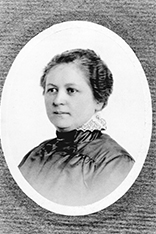
Melitta Bentz
The two sons were also involved in the young family business - they delivered the goods to the first customers by handcart. In 1909, the filters were presented at the Leipzig Trade Fair and were a great success with over 1,200 units sold. In 1910, the "Filtration Apparatus" received medals at the International Hygiene Exhibition in Dresden.
The couple continuously expanded their small company and protected it with trade marks: in 1911 they registered the word mark ‘Melitta’ for ‘coffee filters’ (Ref. 156 696/21, registered 13 September 1911) and in 1913 an identical word mark for ‘household and kitchen appliances, filter paper, cooking and heating appliances’ (Ref. 180 819/07, registered 27 March 1913). Both are still valid today.
Company boss in difficult times
However, the First World War set Melitta back considerably: coffee imports came to a standstill, paper became scarce and Melitta's husband and son had to go to the front. Almost single-handedly, she steered the small company through the war years and the troubled times that followed. In 1923, her eldest son Willy became co-owner and boosted sales. The company, now called ‘Bentz & Sohn OHG’, began to flourish.
To protect against imitators, Melitta introduced the red and green colour combination for its filter paper packs in 1925, which is still common today, and protected it under trademark law. In 1929, the company ran out of space in Dresden and moved to Minden in Westphalia, where it is still based today. It was renamed ‘Melitta-Werke AG’ in 1932.
The filter takes the form it still has today
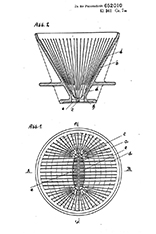
DE652010, Melitta's filter patent from 1936
Between 1932 and 1937, the Bentz family company further developed the metal round filter into a quick filter made of porcelain. Initially, flat filter paper was used, which was pressed into the correct shape using an aluminium indenter. In 1936, the porcelain filter was given a new shape: From then on, the base was oval and tapered, as can be seen from the patent specification ![]() DE652010. The company also developed matching filter bags that adapted better to the shape of the filter vessel, as the filter paper rested on the ribs of the inner wall. The company has practically retained this shape of the filter and the filter bags to this day. The filter bag was patented under the number
DE652010. The company also developed matching filter bags that adapted better to the shape of the filter vessel, as the filter paper rested on the ribs of the inner wall. The company has practically retained this shape of the filter and the filter bags to this day. The filter bag was patented under the number ![]() DE640946.
DE640946.
During the Nazi era, the company sought to be close to those in power and Horst Bentz joined the party and the SS. During the war, Melitta employed forced labourers and had to switch its production to pots and pans.
Hundreds of applications followed
Over time, the family business developed into a very successful and innovative group of companies that registered hundreds of patents worldwide. In 1962, for example, Melitta was the first supplier to launch ground coffee in vacuum packaging on the German market and presented one of the first electric coffee machines (1965).
Melitta Bentz died on 29 June 1950 in Holzhausen near Minden. The former living room company, which she founded with a few pennies of capital, now produces around 50 million coffee filters every day according to its own figures. Despite tabs and capsules, classic filter coffee continues to enjoy great popularity (Melitta now also caters to fans of fully automatic machines and pods). The company continues to diligently apply for utility models and patents, most recently ![]() DE102023123349A1 (Beverage preparation machine) and
DE102023123349A1 (Beverage preparation machine) and ![]() DE102023127099A1 (1,09 MB) (Piston coffee machine). The group, which now comprises several dozen companies and thousands of employees, is currently managed by the fourth generation of the Melitta Bentz family.
DE102023127099A1 (1,09 MB) (Piston coffee machine). The group, which now comprises several dozen companies and thousands of employees, is currently managed by the fourth generation of the Melitta Bentz family.
Text: Dr. Jan Björn Potthast; Pictures: Wikimedia Commons, Landesstelle für Museumsbetreuung Baden-Württemberg, via Wikimedia Commons, DEPATISnet
Last updated: 3 December 2025
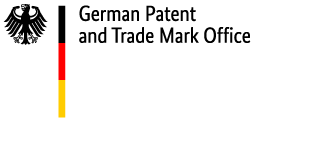
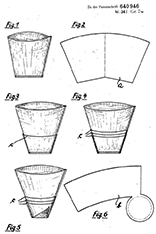
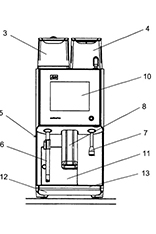
Not only protecting innovations
Social Media